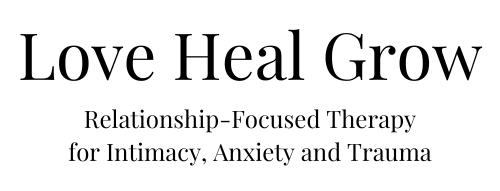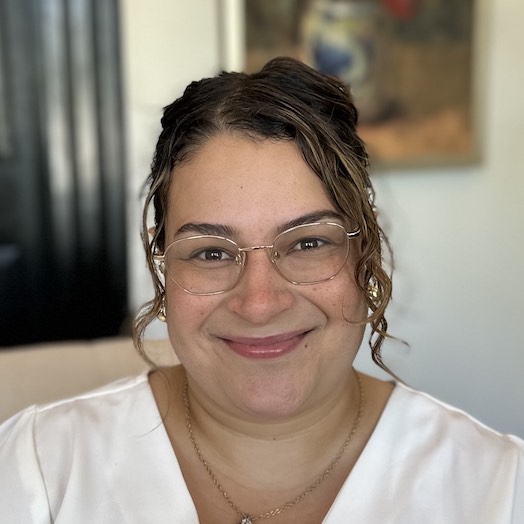
Trauma changes the way people experience the world, often leaving them feeling disconnected from themselves and others. For some, a trauma begins with a single, devastating event, like a car accident or violent assault. These moments can disrupt their sense of safety, making it feel like the world is no longer predictable or secure.
For others, trauma isn’t tied to one moment. Instead, it builds slowly over years of repeated harm. This type of trauma, called complex trauma, can create patterns of fear and mistrust that are difficult to break. Understanding the differences between these types of trauma can help people make sense of their experiences and take the first steps toward healing.
What Is Single-Event Trauma?
Single-event trauma is caused by one sudden, overwhelming incident that shakes a person’s sense of safety and control. These events are often unexpected and may leave the person feeling powerless or deeply unsafe.
Examples of single-event trauma include:
- Surviving a car accident
- Experiencing a natural disaster like an earthquake or flood
- Witnessing or being the victim of violence, such as an assault
- Losing a loved one suddenly and unexpectedly
The emotional impact of a single-event trauma can vary widely. After an event like this, the brain may replay the incident in an attempt to make sense of what happened. People might also feel on edge, experience flashbacks, or avoid anything that reminds them of the event. Certain sounds, smells, or locations tied to the event can act as triggers and reignite feelings of fear and helplessness. These responses often bring physical reactions, such as increased heart rate or muscle tension, as the body remains in a heightened state of alert.
What Is Complex Trauma?
Complex trauma develops when someone is exposed to ongoing, repeated harm over a long period of time. These experiences often happen in environments where safety and trust are absent – sometimes involving people who are supposed to provide care or protection.
Examples of complex trauma include:
- Experiencing long-term childhood abuse or neglect
- Living in an environment with domestic violence
- Surviving human trafficking or exploitation
- Growing up with a caregiver struggling with addiction or untreated mental illness
The ongoing nature of complex trauma can have far-reaching effects on an individual’s emotional and psychological well-being. The repeated exposure to traumatic situations can erode a person’s sense of self, impacting their identity and relationships.
Shame often becomes a defining feature of complex trauma. Many people internalize the harm they experienced, believing they were somehow to blame for what happened. Trusting others can feel challenging as well, as the expectation of betrayal or abandonment overshadows the possibility of connection. Even in safe and supportive relationships, individuals with complex trauma may anticipate rejection or betrayal, leaving them hesitant to form meaningful connections.
How Complex Trauma and Single-Event Trauma Are Different
Trauma affects people in profoundly different ways, shaping emotional responses, self-perception and relationships. Exploring how trauma can manifest can provide insight into its challenges and guide the journey towards healing.
The Length of Exposure
Single-event trauma happens in a specific moment, and the effects of these events are tied to the specific experience. On the other hand, complex trauma builds over months or years, often involving repeated exposure to harm or instability.
Impact on Self-Identity
While both kinds of trauma can impact how individuals see themselves, single-event trauma – while distressing – is generally less likely to alter a person’s core sense of identity. Survivors of single-event trauma may struggle with processing the incident or regaining a sense of safety, but are less likely to grapple with deeply internalized shame or guilt.
Complex trauma often reshapes how individuals see themselves, creating internal narratives that are difficult to change. Many people struggle with feelings of unworthiness, shame, or guilt that are difficult to shake, even after the harmful situation ends. These beliefs can shape their identity, influencing their self-esteem and how they perceive themselves.
Emotional Patterns
While both types of trauma can lead to symptoms like anxiety and flashbacks, complex trauma often includes additional challenges, such as:
- Difficulty managing intense emotions like anger or sadness
- Feeling numb or disconnected from reality (dissociation)
- Persistent guilt or shame that feels impossible to escape
- Struggles with trusting others or forming healthy relationships
These patterns often stem from the repeated nature of complex trauma, which affects how people respond to emotions and relationships over time.
Therapies That Help Heal Complex Trauma
Healing from complex trauma takes time and often involves addressing the emotional and relational scars left behind. Different therapies can help, depending on the person’s needs:
Trauma-Focused Cognitive Behavioral Therapy (TF-CBT)
This therapy helps people identify negative thought patterns related to their trauma and replace them with healthier ones. By reframing harmful beliefs and practicing new coping skills, people can reduce anxiety and strengthen their confidence so they feel more capable of handling challenges.
Eye Movement Desensitization and Reprocessing (EMDR)
EMDR helps people process traumatic memories by revisiting them in a safe environment. Using guided eye movements, this therapy reduces the emotional intensity of distressing memories, making them feel less overwhelming over time.
Somatic Experiencing (SE)
Trauma often affects the body, not just the mind. Somatic experiencing helps people reconnect with physical sensations and release tension stored in the body. This can be particularly helpful for those who feel numb or disconnected from their physical selves.
Internal Family Systems (IFS)
IFS is a therapy that explores the different parts of a person’s inner world, especially those shaped by trauma. It helps individuals understand how these parts were shaped by trauma and teaches them to approach themselves with compassion and care.
Group Therapy
Connecting with others who share experiences can provide a powerful sense of validation and support. Group therapy provides a safe and supportive space where individuals can share their stories, learn from one another, and rebuild trust in relationships.
Building Hope and Resilience After Trauma
Healing from trauma takes time, but with the right help, you can rebuild trust in yourself and others and restore a sense of safety.
If you are struggling in the aftermath of a trauma, reaching out to a therapist can make a huge difference. Contact us today to match with one of our highly trained trauma therapists and get the tools and understanding needed to move forward.
























